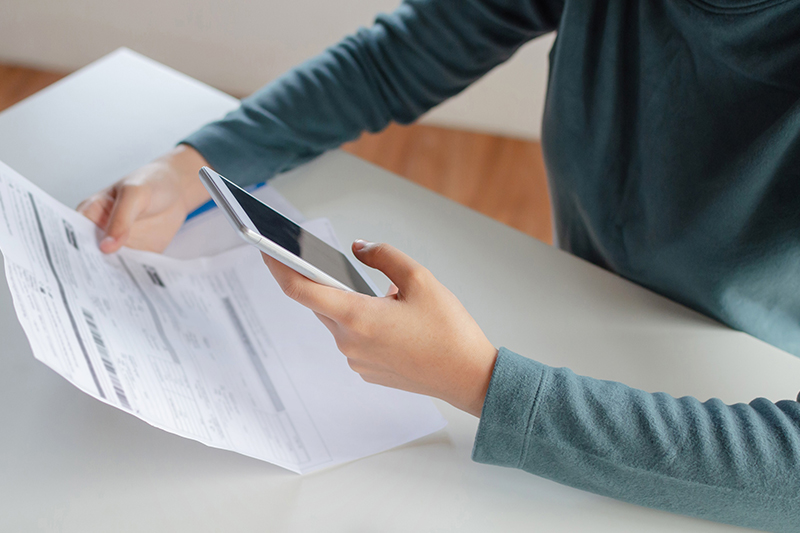Online and mobile banking make financial transactions a breeze. Learn what banks here are doing to keep you safe, and how you can protect yourself.
For many of us, sending money from our computers or mobile phones has become a daily affair. It could be for that box of disposable masks we just ordered off the Internet, or our share of a meal that a friend had helped pay for.
But while online and mobile banking have become such a big part of our lives, some consumers still can’t shake off the feeling that they are being watched.
This fear may not be unfounded considering how much information crosses from device to device, sometimes involving multiple providers of apps and associated services. Fraudulent wire transfers or identity thief could happen.
Every minute, it is estimated that consumers spend a million dollars online, Amazon ships over 6,000 packages, and WhatsApp users share over 41 million messages. But in that same amount of time, an average of 119,000 cyber-threats are detected, and over 70,000 records compromised.
The good news is there are robust cybersecurity systems in place. Singapore’s banks are among Asia’s safest, thanks to regulations and the use of technology. And consumers can do their part too by taking small actions to keep themselves safe.
Cybersecurity: A key priority

Just like how we lock our phones to protect our text messages from snooping eyes, banks do the same with your account details and transactions, protecting them with a multi-factor authentication for access to Maybank2u Online Banking.
You might also have noticed "https" in the URLs of banking websites. This means that information transferred on the site is encrypted and cannot be deciphered by a third party.
Banks have also leveraged technology to enable customers to bank safely and securely. At Maybank, advanced surveillance systems allow 24/7 monitoring of suspicious transactions.
When abnormal activity is detected, the bank may contact the account holder to confirm if the transactions are legitimate. They may even freeze your account in to prevent any further potential fraudulent transactions.
How else can you bank safely?
In online banking, trust is a two-way street. Consumers should also do what they can on
their part to prevent their personal information from landing in the wrong hands.
1. Choose strong and unique passwords
Avoid using personal information like birthdays and addresses, or using similar passwords
across accounts. Keep your passwords long, with a mix of upper- and lower-case letters,
numbers, and symbols. Also remember to change your passwords to lower the odds of them being
stolen by hackers.
2. Keep things private
No sharing does not just apply to your personal information, it extends to your computer and
network as well. Steer clear of public Wi-Fi networks and do not access your bank account on
shared computers.
3. Beware of phishing emails
Most people think they would never fall for them but phishing emails can look very authentic. The email might for instance say suspicious activity or log-in attempts have been detected on your account. It will then direct you to what appears to be a legitimate site, but which is really a dummy site, and ask for your log-in details.
Some tricks to see through their ploy is to hover your mouse over the link to see where the
link text leads to. Also be cautious of online deals and remember that your bank will never
ask you for your personal information.
4. Keep track of your transactions
If scammers do manage to break through the firewall you have built, it is best you find out sooner rather than later. As a precautionary measure, check your bank account transactions regularly for any unauthorised transactions. Ensure that your contact details, especially your email and phone numbers, are updated with the bank so that you can receive the notifications of your e-payment transactions promptly. In addition, you should enable “push notifications” on your mobile banking app to receive timely servicing messages from the bank.

the bottom line:
While banks have robust cybersecurity systems in place, you should also arm yourself with the right habits and tools to protect yourself.
 Linkedin
Linkedin Facebook
Facebook Email
Email Whatsapp
Whatsapp Telegram
Telegram
